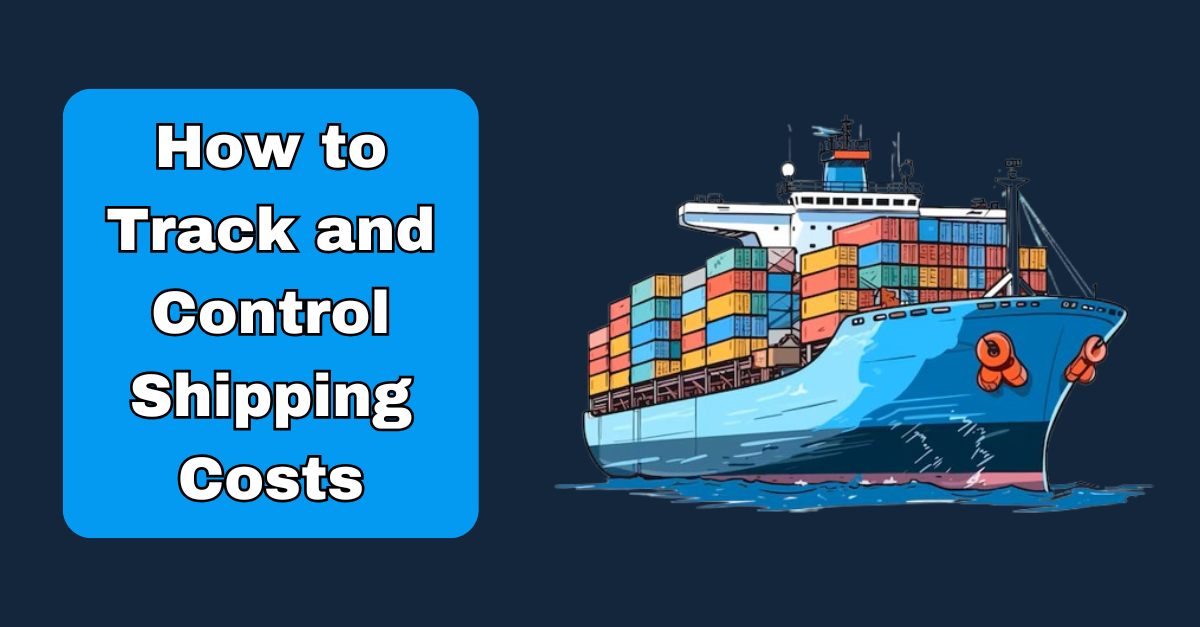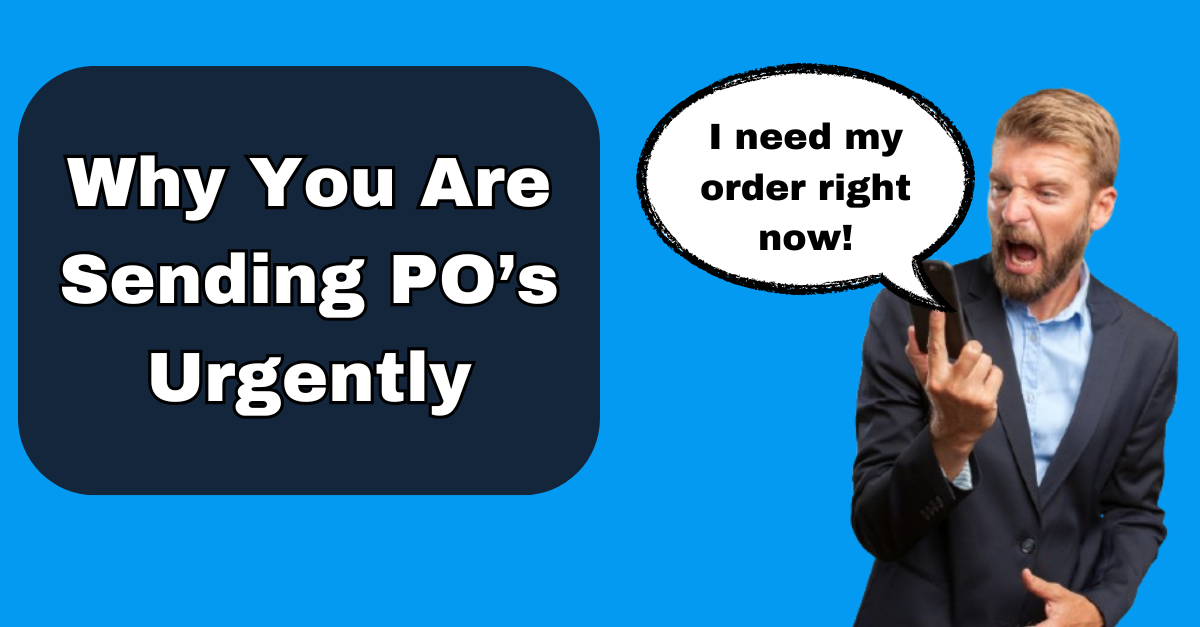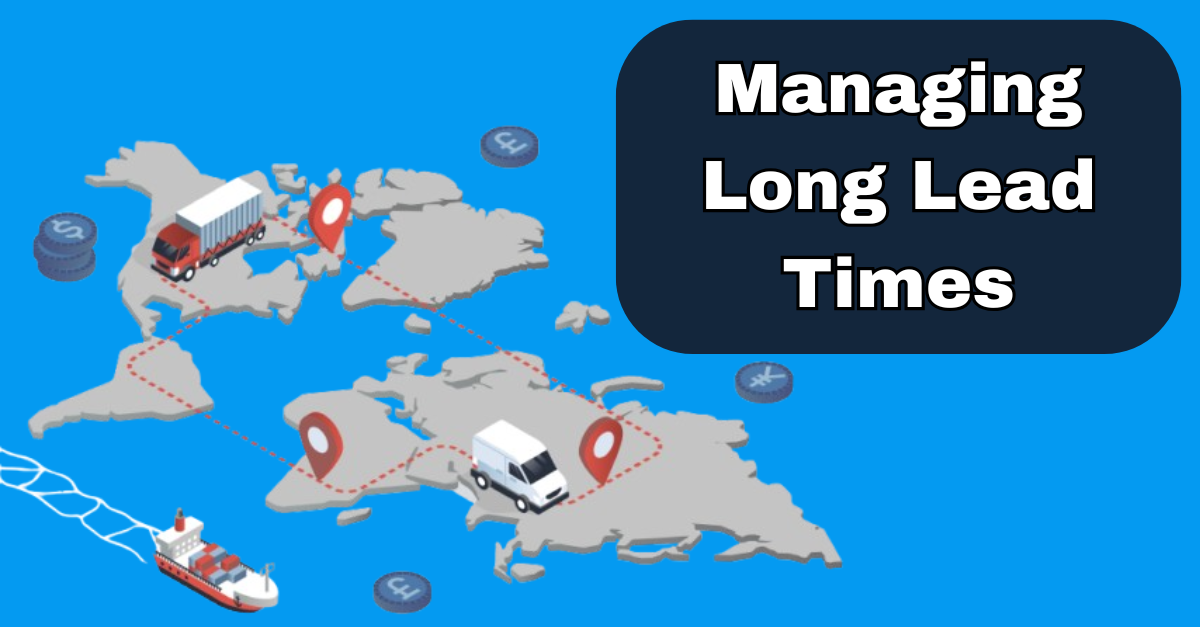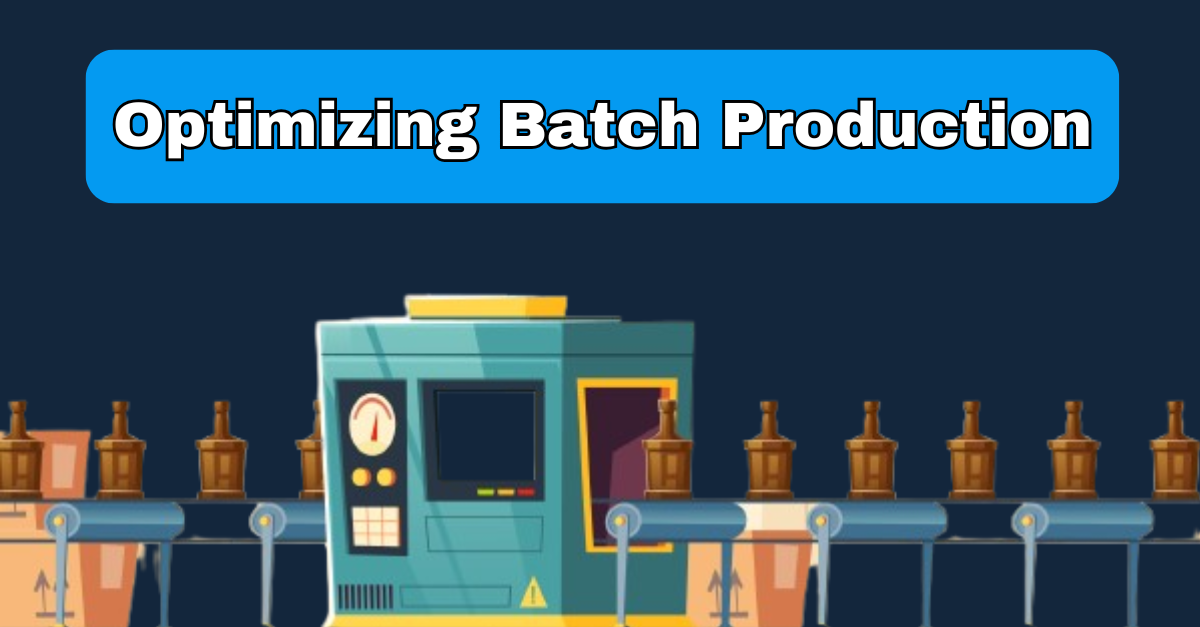For growing brands, managing shipping costs is essential for maintaining healthy profit margins. One of the most critical components of shipping costs is landed costs, which include the total cost of getting a product from the supplier to your business. This includes the purchase price, shipping fees, customs duties, and other related expenses. Without tracking these costs, businesses might overlook key expenses that impact their profitability. An operations management system (OMS) is a simple but powerful tool to help businesses stay on top of these costs and make more informed decisions.
Tracking Shipping and Handling Fees
One of the easiest ways an OMS can help with landed costs is by tracking basic shipping and handling fees. These are direct costs tied to getting products from the supplier to your business. The OMS can assign these charges to each product, giving you a clear view of how much you’re spending on shipping for each item in your inventory.
Managing Customs and Import Duties
For businesses that import goods, customs duties and taxes are another crucial part of landed costs. An operations management system allows you to track these costs separately, ensuring that you can include them in the final price of the product.
Simplified Cost Allocation
An operations management system makes it easy to allocate landed costs to individual products. Instead of guessing or manually tracking all the associated expenses, the OMS calculates and assigns them automatically. This makes it easier to calculate the real cost per item, which is crucial for setting prices that reflect all your expenses and maintaining healthy profit margins.
Preventing Cost Overruns
Tracking all components of landed costs ensures that businesses can stay on top of their expenses and avoid unexpected cost overruns. By recording all shipping-related costs, customs fees, and any other expenses, you can get ahead of potential issues before they eat into your budget. This is particularly helpful for businesses that need to closely manage their cash flow.
Better Profit Margins
When you track landed costs, you can make better pricing decisions that reflect the true cost of your products. Knowing exactly how much you're spending on each item helps you set prices that ensure your business remains profitable. The OMS can automatically include landed costs in your cost of goods sold (COGS) calculation, giving you clearer insights into your margins.
Cost Comparison Across Suppliers
An OMS helps you compare landed costs from different suppliers. By factoring in not just the product price, but also shipping costs, customs duties, and other fees, you can make smarter choices about which suppliers offer the best value. This can lower overall product costs, improving your profit margins without sacrificing product quality.
Ensuring Accurate Stock Valuation
Tracking landed costs in your OMS helps ensure that your stock valuation is accurate. This is important for financial reporting and helps you better understand the true value of your inventory. By including these costs, you’re also making sure that your business can maintain accurate records for accounting purposes.
Better Budgeting and Forecasting
With an OMS, businesses can plan ahead by forecasting future shipping costs and adjusting their budgets accordingly. By tracking landed costs over time, you’ll have a clearer picture of your long-term expenses and be able to plan for them more effectively. This reduces the likelihood of unexpected costs that could affect your cash flow.
By automating key aspects of cost tracking, it lets you make smarter pricing and purchasing decisions, keeping your business profitable.










